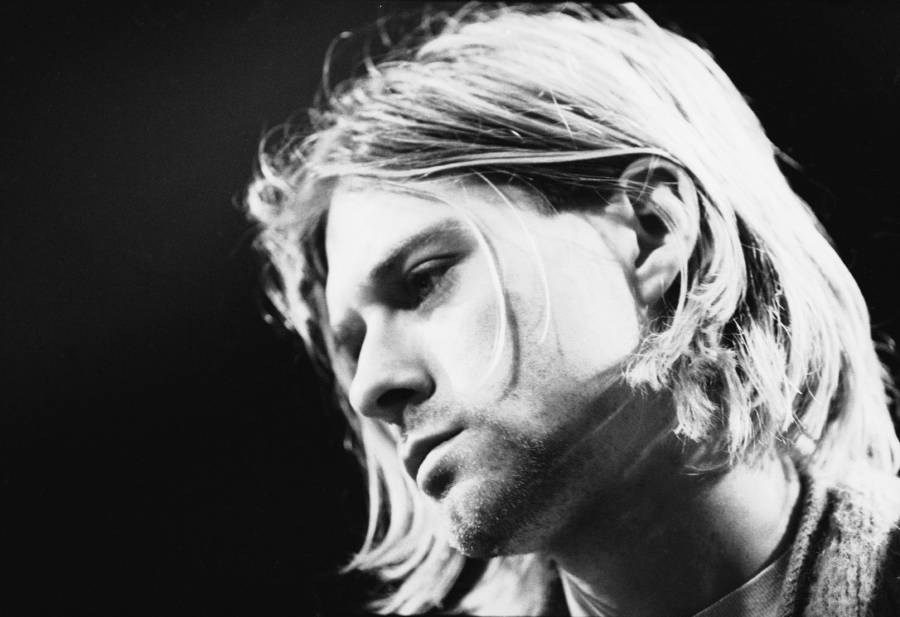The 27 Club is a group of musicians and performers who died tragically at just the age of 27. These are the stories behind its most infamous members.

Tommy Quitt/Wikimedia CommonsGraffiti of assorted members of the 27 Club.
In the span of just 10 months starting in late 1970, Jimi Hendrix, Janis Joplin, and Jim Morrison all died — every one of them at the age of 27. Thus they became part of the 27 Club: a tragic group of icons whose chaotic lives imploded in on themselves at far too young an age.
Some call it a curse, others call it a coincidence. But there’s a common thread that weaves through the stories of every member of the 27 Club; one that suggests there might be something at play here that’s even darker than some intangible, even supernatural force.
Every member of the 27 Club left behind the same tragic story that ends in that same, horrible way, as each was worn down by a life filled with addiction, depression, and pain — every one burned out by the excesses of fame.
Discover the stories of the most infamous members of the 27 Club below.
The 27 Club: Kurt Cobain

Frank Micelotta/Getty ImagesKurt Cobain at the taping of MTV Unplugged in New York on November 18, 1993.
Before he was reluctantly labeled the voice of a generation, Kurt Donald Cobain was a sensitive and artistic child born on February 20, 1967, in Aberdeen, Wash. He experienced a marked change in demeanor came when his parents divorced when he was nine years old. “I remember feeling ashamed, for some reason,” Cobain later said. “I was ashamed of my parents.”
In 1991, Nirvana’s second album Nevermind and its lead single, “Smells Like Teen Spirit,” spurred nothing short of a musical revolution. It shot the grunge sound that permeated the Seattle scene in the late 1980s into the mainstream like a blast from a cannon. Kurt Cobain soon became an international icon — but his newfound fame made him deeply uncomfortable, and he quickly fell into a heavy heroin addiction.
Fast forward to April 8, 1994 and Cobain had been missing for six days. Most of the events during that span will remain forever unknown but their culmination in Kurt Cobain’s death is burned into history.
On that morning, an electrician was on the Seattle property of Kurt Cobain. The worker found the Nirvana lead singer in the greenhouse above his garage with an apparent self-inflicted gunshot wound to the head. A co-worker called the local radio station, stating he had the “scoop of the century” adding, “you’re going to owe me a lot of concert tickets for this one.”

Курт Кобейн /Wikimedia CommonsKurt Cobain performs live in December 1993.
Despite scattered theories that he was murdered, it appears that Kurt Cobain barricaded himself in the greenhouse and penned his suicide note in red ink. His wallet, found at the scene of his death, was opened to reveal his Washington State driver’s license. Cobain’s wife, Courtney Love, reconstructed the likely scene:
“[Kurt Cobain] drew a chair up to a window overlooking the Puget Sound, sat down, took some more drugs (most likely heroin), pressed the barrel of the 20-gauge shotgun to his head and — evidently using his thumb — pulled the trigger.”
“Now he’s gone and joined that stupid club”, Cobain’s mother said to a reporter, referring to the 27 Club. “I told him not to join that stupid club.”





